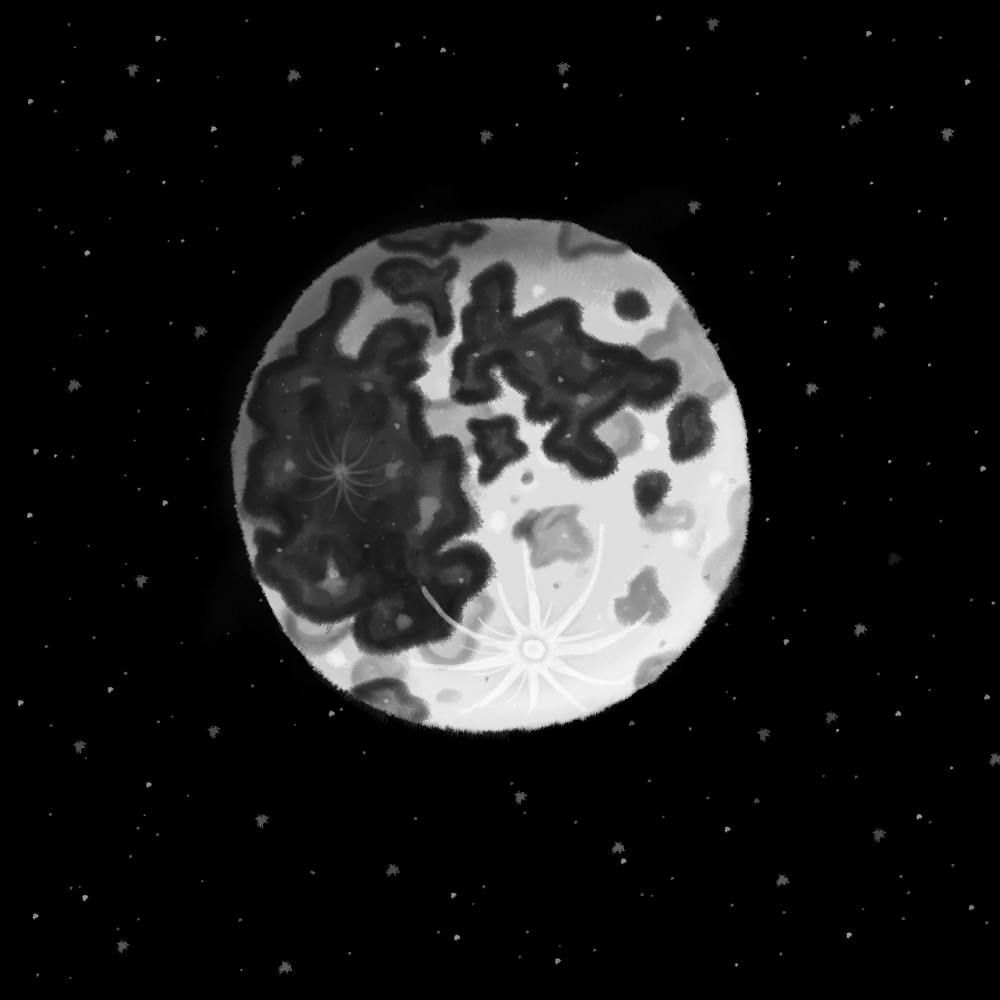Last semester as part of a graduate-level seminar class, a group of students partnered with private space company OrbitBeyond to help plan for OrbitBeyond’s lunar rover launch in 2020.
Taught by Jim Head, a distinguished professor of geological science, the class combined lectures on lunar evolution with writing a design reference mission for the lunar rover, which was designed by TeamIndus, an engineering partner of OrbitBeyond. A design reference mission is the product of thinking about each decision throughout an entire space mission, Head explained.
TeamIndus designed the rover for the Google Lunar XPrize competition, a challenge for private space companies to design a rover that can land on the Moon, navigate 500 meters and send back high-definition video and images. The students in Head’s class were tasked with figuring out what science the rover would be capable of doing, given the competition’s constraints.
One goal of the class was to answer the question: “what science can we do with the rover and lander that (TeamIndus) designed from an engineering perspective?” said Ashley Palumbo GS, a PhD student studying earth, environmental and planetary science and a co-leader of the project.
Another goal of the class was to help foster “science and engineering synergism” between the students as scientists and TeamIndus as engineers, Head said.
In small groups, students were able to focus on different questions with the goal of optimizing the scientific payout of the rover’s mission, Head said. For example, some students researched what data to collect, while others looked into the best landing sites from a scientific perspective. Another group researched how the rover could best navigate the Moon with only a single solar panel as an energy source, Head explained.
As a former NASA systems engineer, Head emphasized the unique challenge that arises when engineers and scientists try and work together on planetary missions. Whereas scientists generally focus on experiments or measurements necessary to gather data, engineers focus on navigating all the challenges a mission faces before landing on a planet or entering orbit, Head said. Maximizing the scientific and engineering returns of a space mission requires a unique kind of collaboration between the two groups, he added.
The class helped build organic communication between scientists and engineers from the start of a project and not the end, Head said. The class was designed “to accelerate the process of intellectual interactions” so that the students, engineers and mission would optimally benefit from the partnership, Head said.
For the students in the class, the opportunity to lead the process of creating a design reference mission that a private space company would actually utilize was “extremely unusual” and very rewarding, said Ariel Deutsch GS, a PhD student studying earth, environmental and planetary science and a co-leader of the project with Palumbo.
“Essentially what we got to do … is design the scientific aspect of this mission from scratch, which isn’t something that you ever get to do at the education level we’re at right now,” Palumbo said. Toward the end of the class, the students had the chance to present their design reference mission to members of OrbitBeyond.
Though the class has ended, the project will be presented at Microsymposium 60, a conference in Texas co-hosted by the University from March 16-17. The conference will gather several private companies that are working on ways to send payloads — rovers and other cargo — to the Moon. The partnership between University students and OrbitBeyond will be presented via a poster and oral presentation by Palumbo and Deutsch at the conference. Alongside members of OrbitBeyond, students are writing a paper to detail how the project succeeded in facilitating effective communication between scientists and commercial space engineers in an academic setting. “We are really looking forward to being able to demonstrate that this sort of collaboration is effective and productive for both parties, the students … as well as the engineering company,” Deutsch said.
“As graduate students in the field, we are commonly exposed to the career path of academia or NASA, but this is an exciting new avenue … where these private industries are going to be looking for scientists to work with them,” Palumbo said. “Understanding that experience … is pretty critical.”





